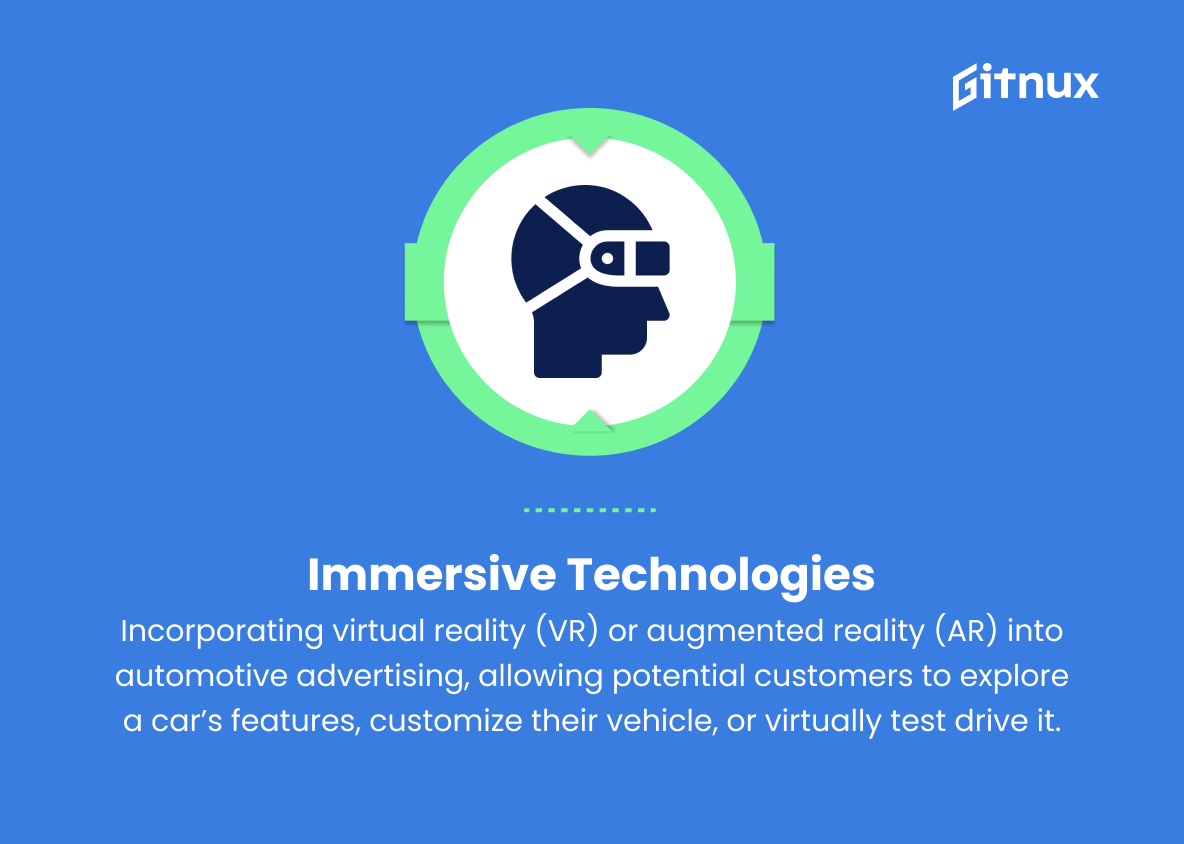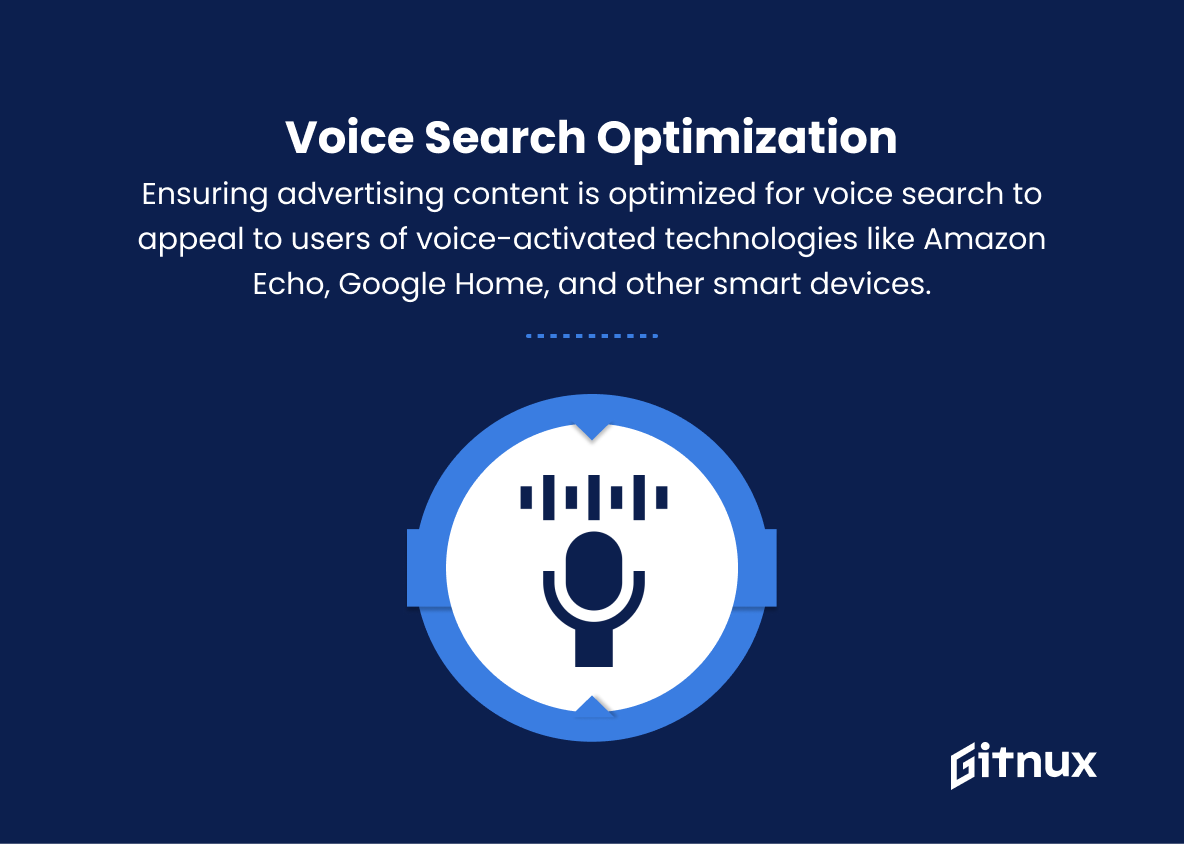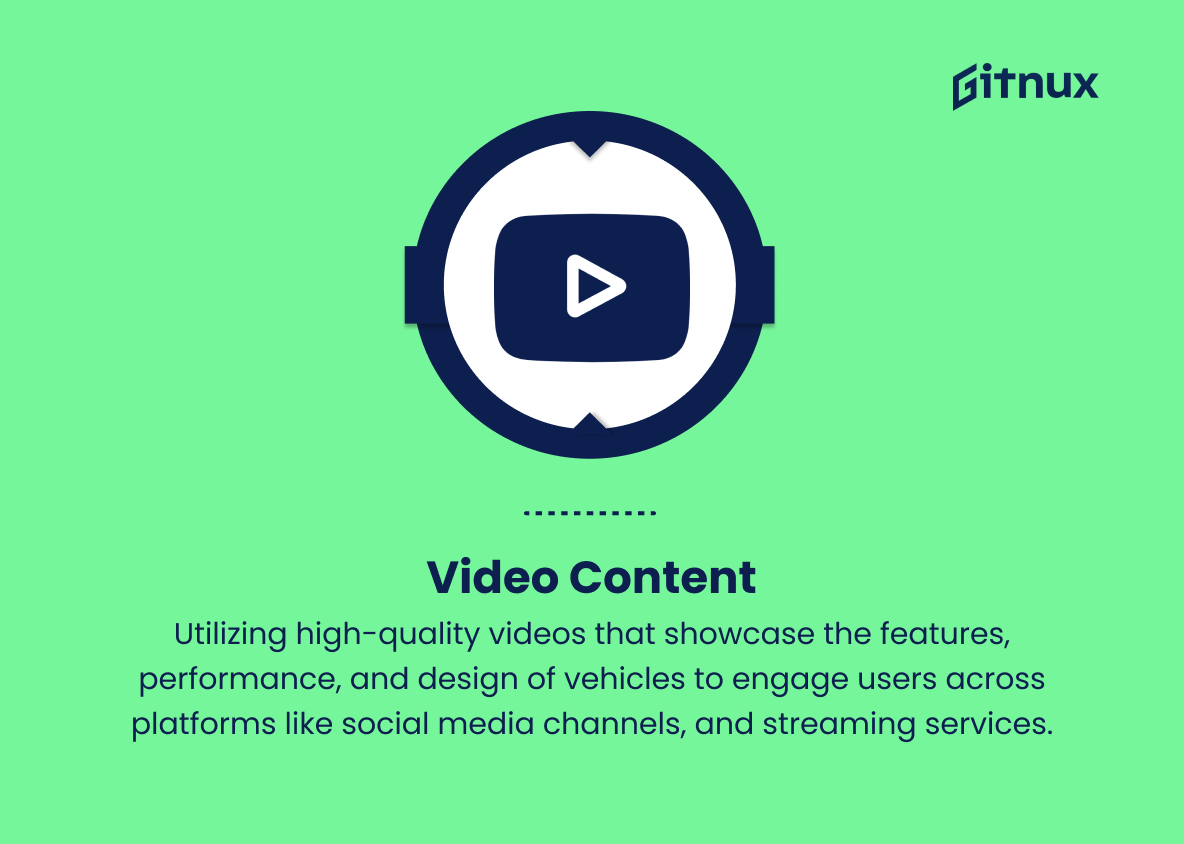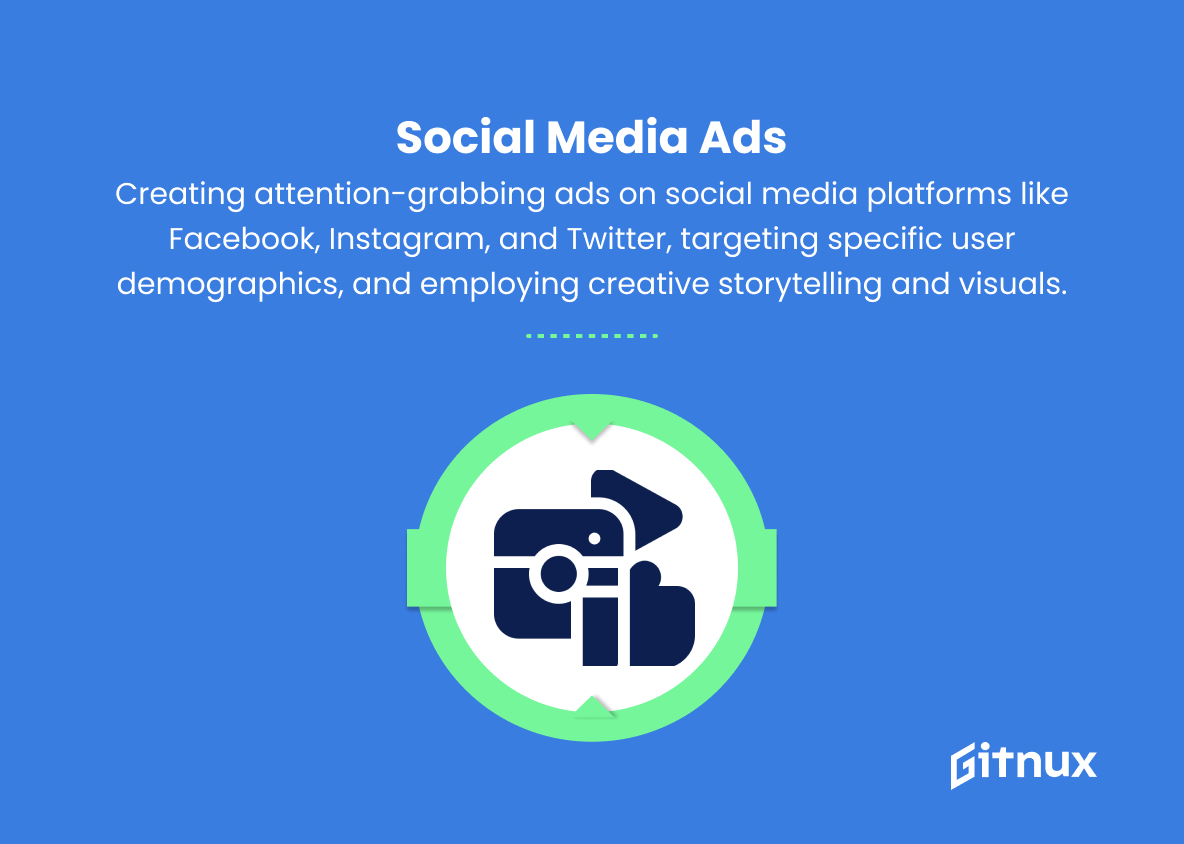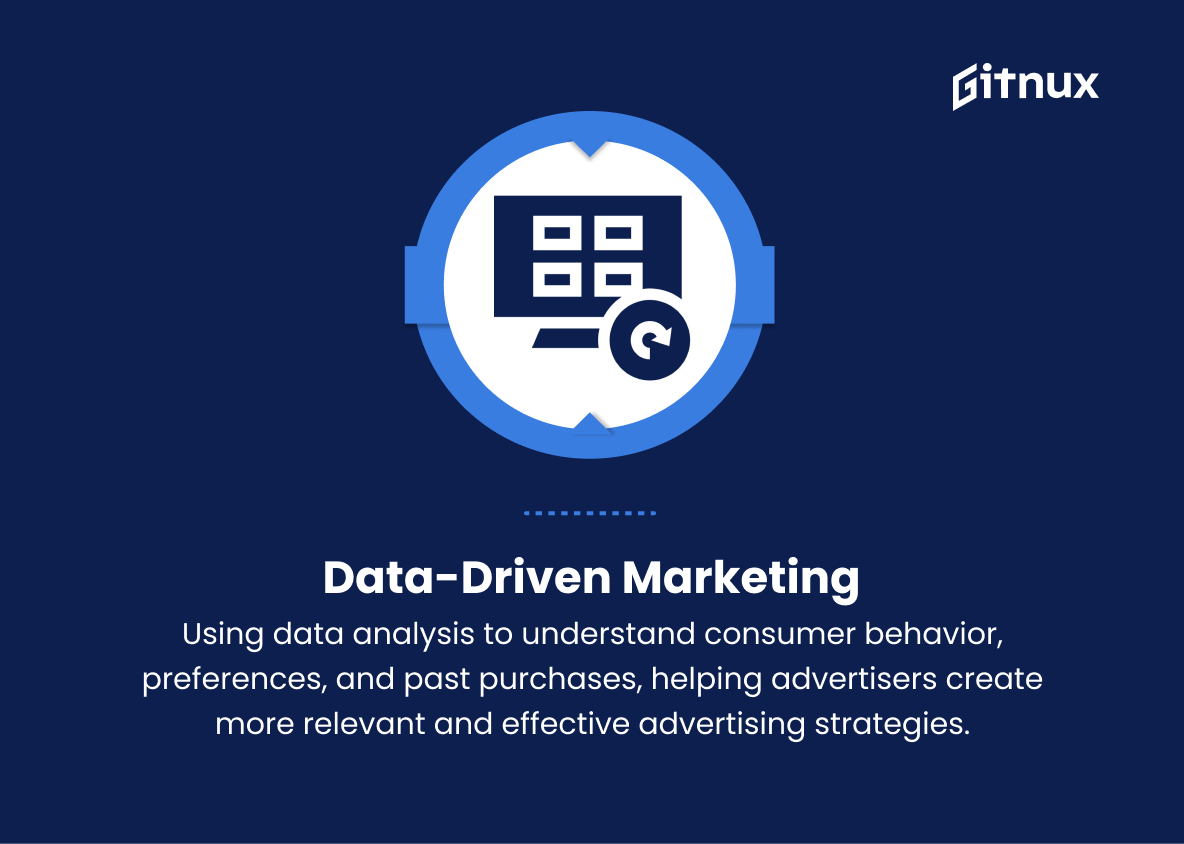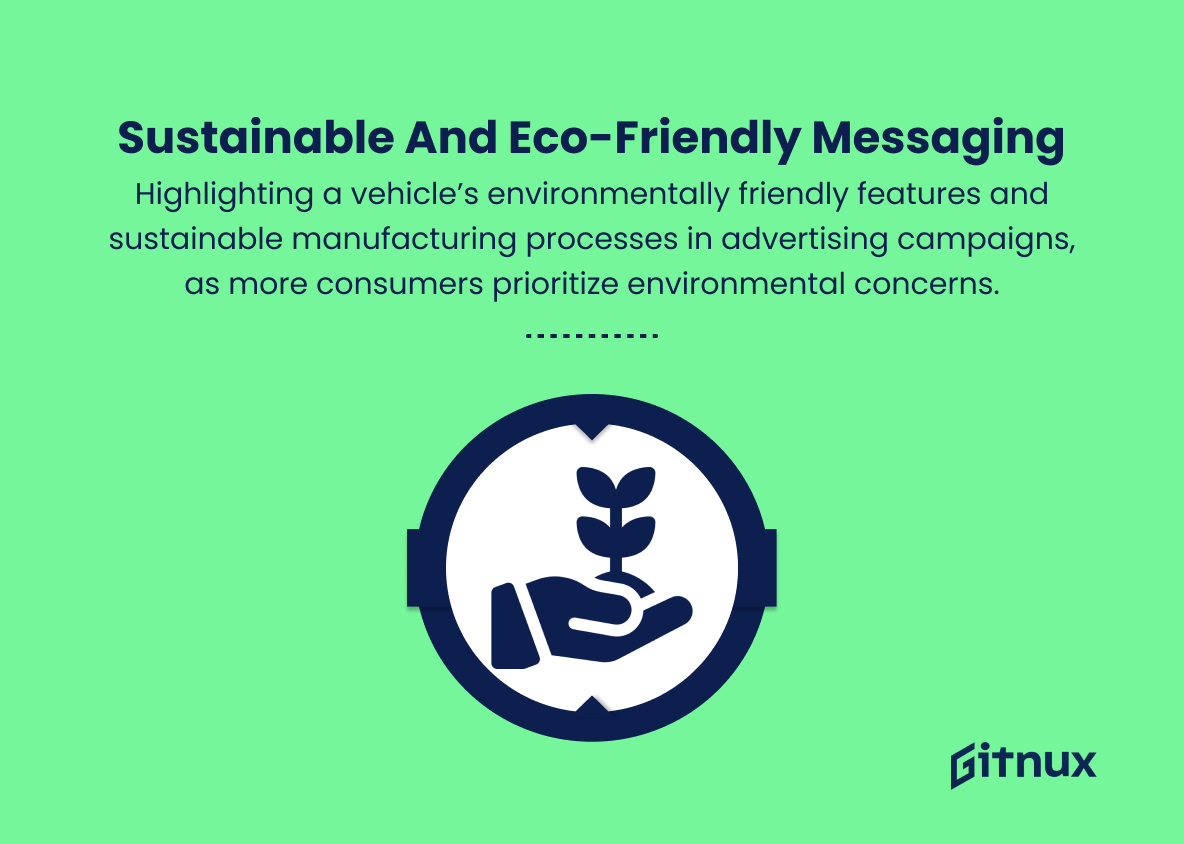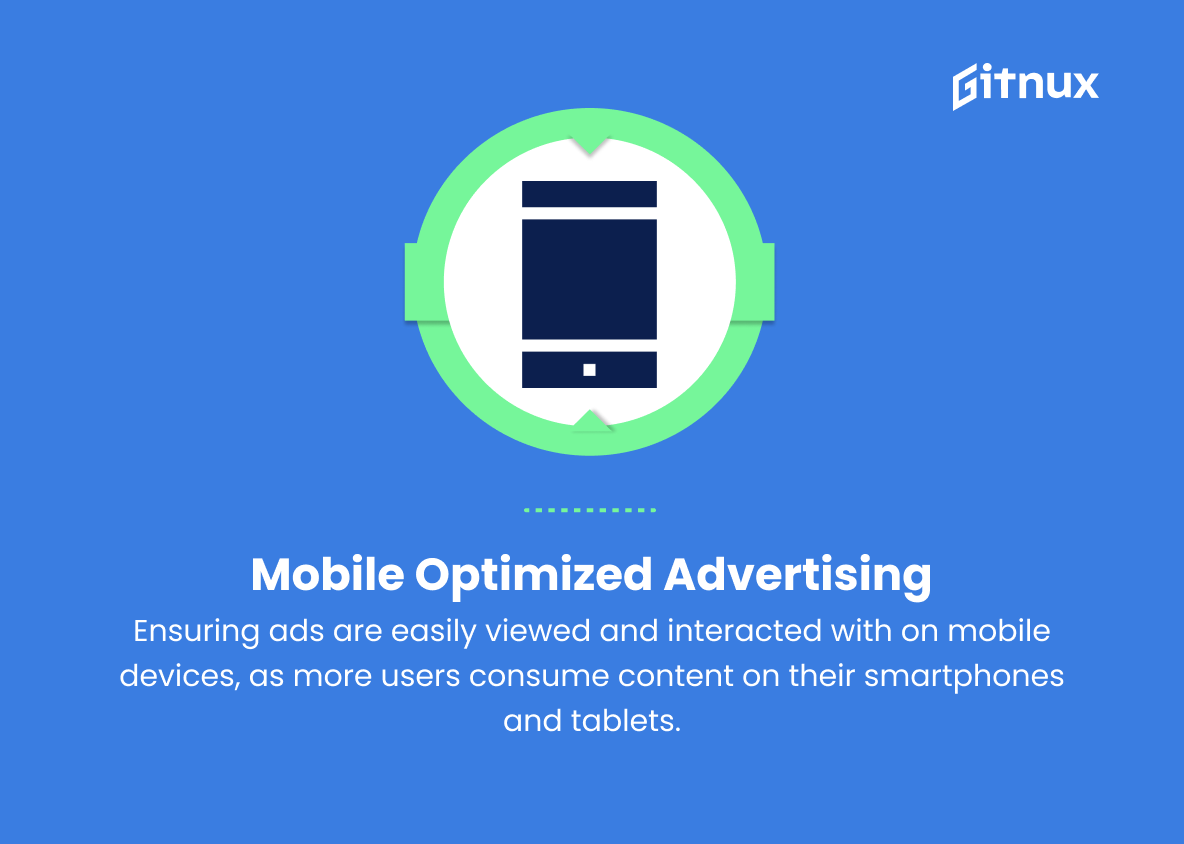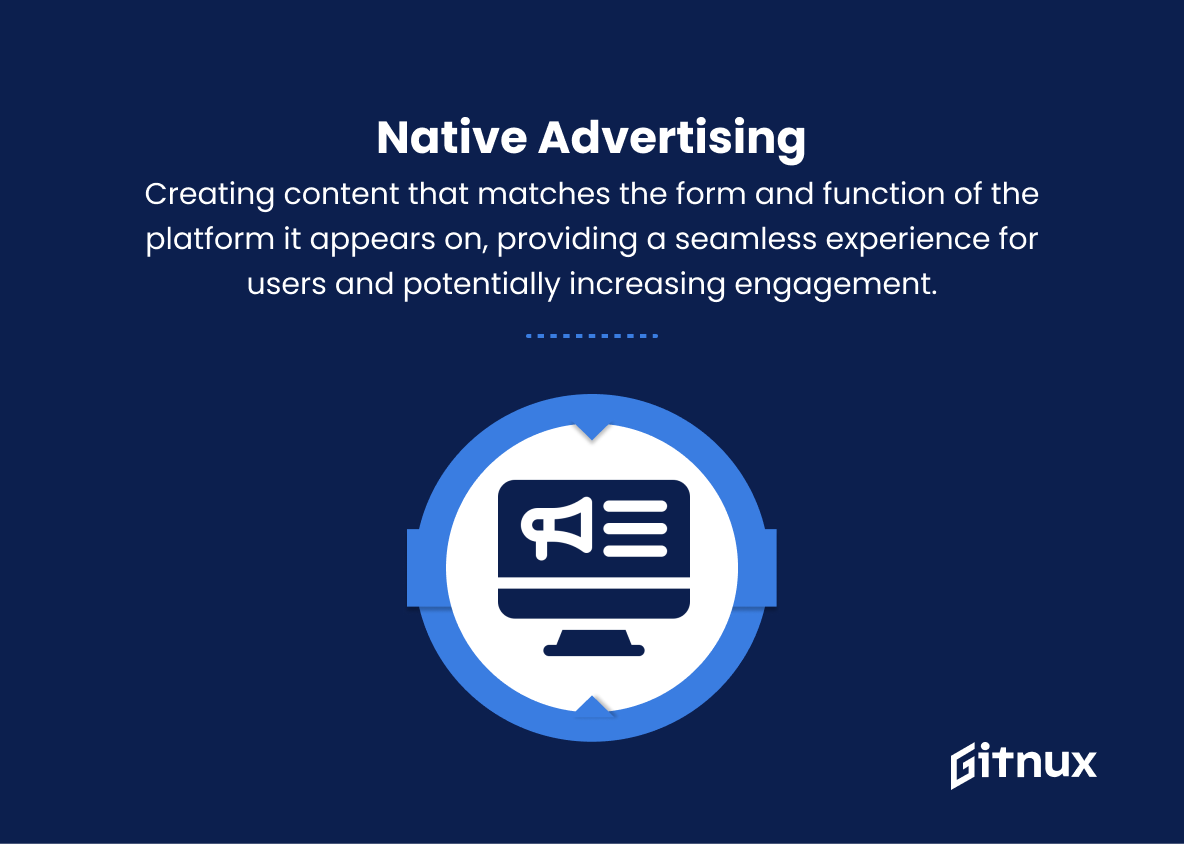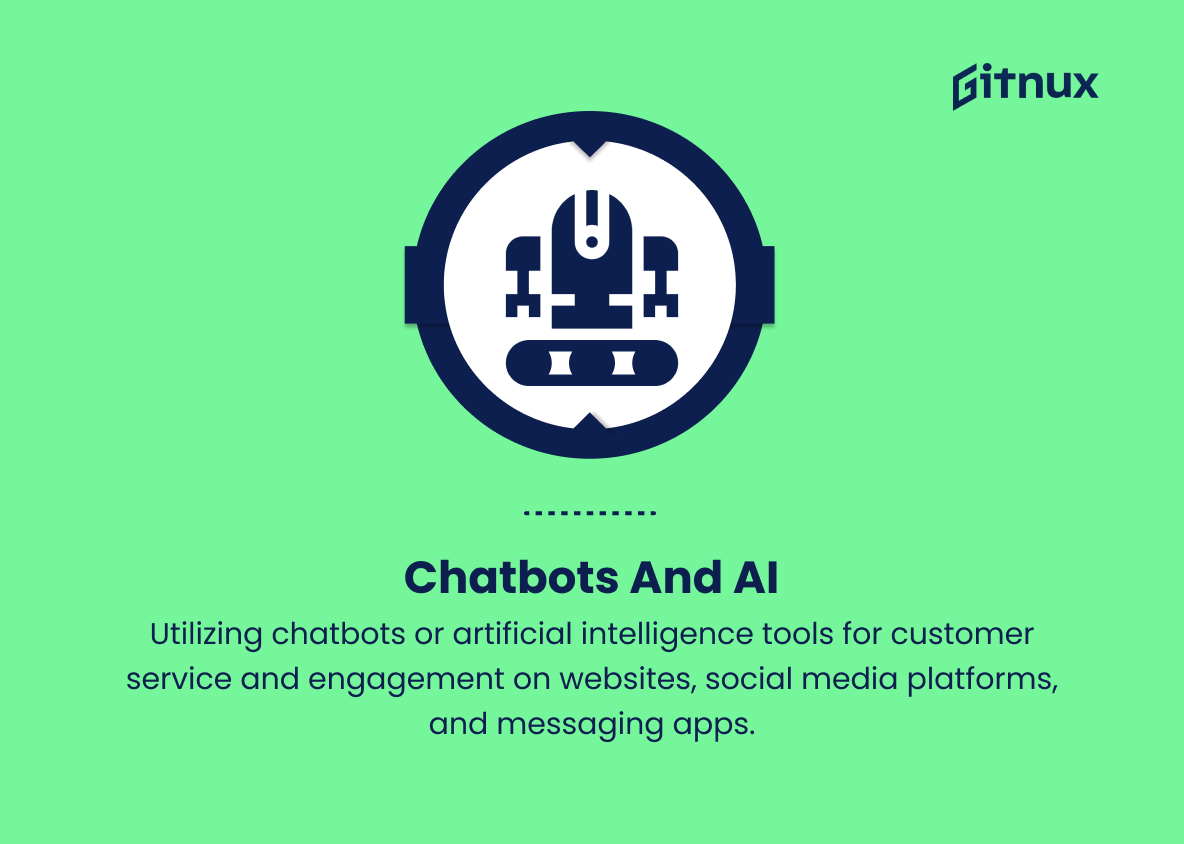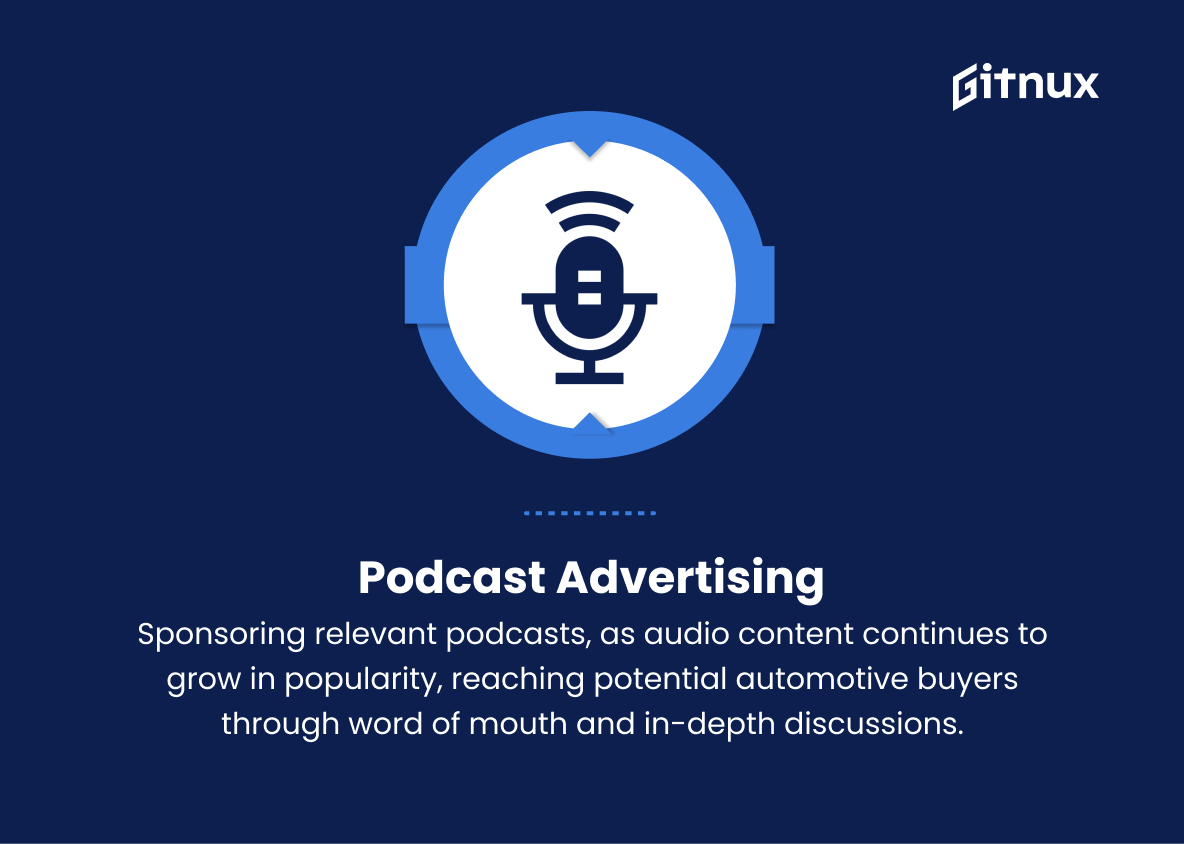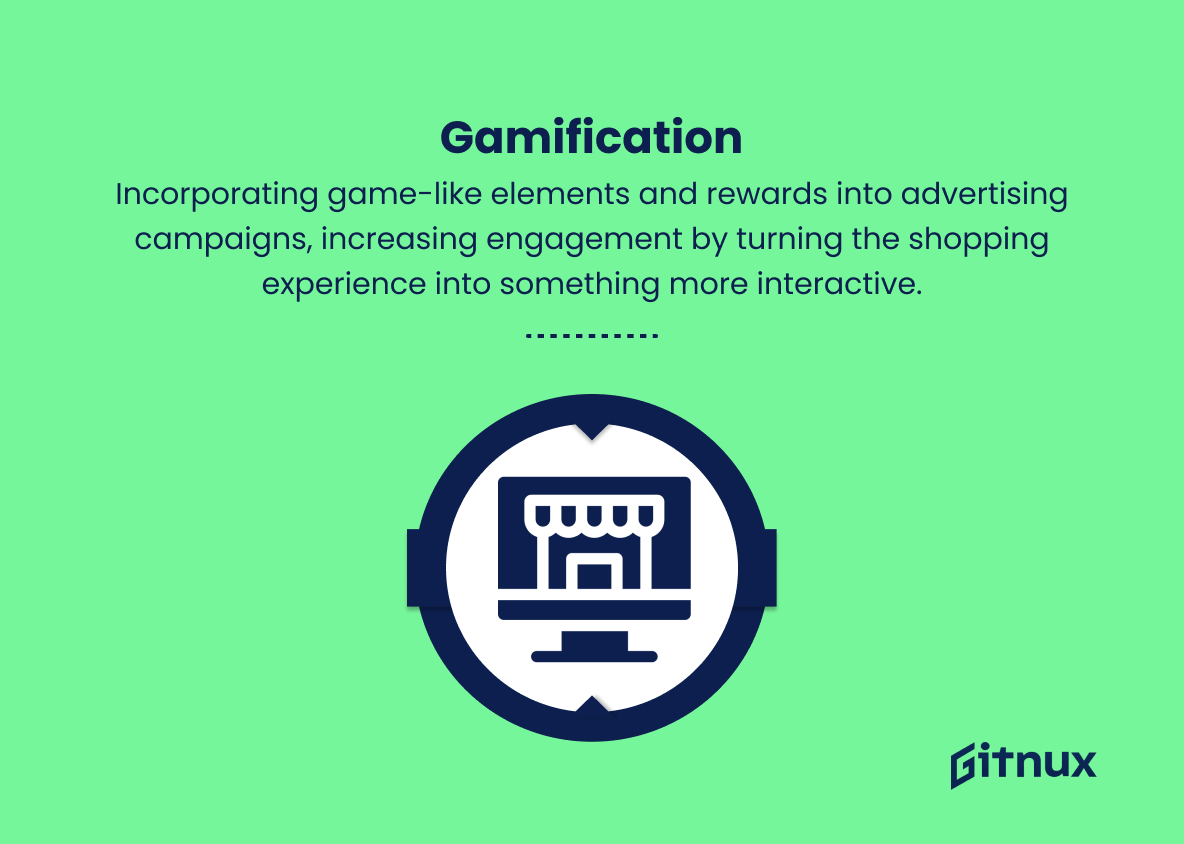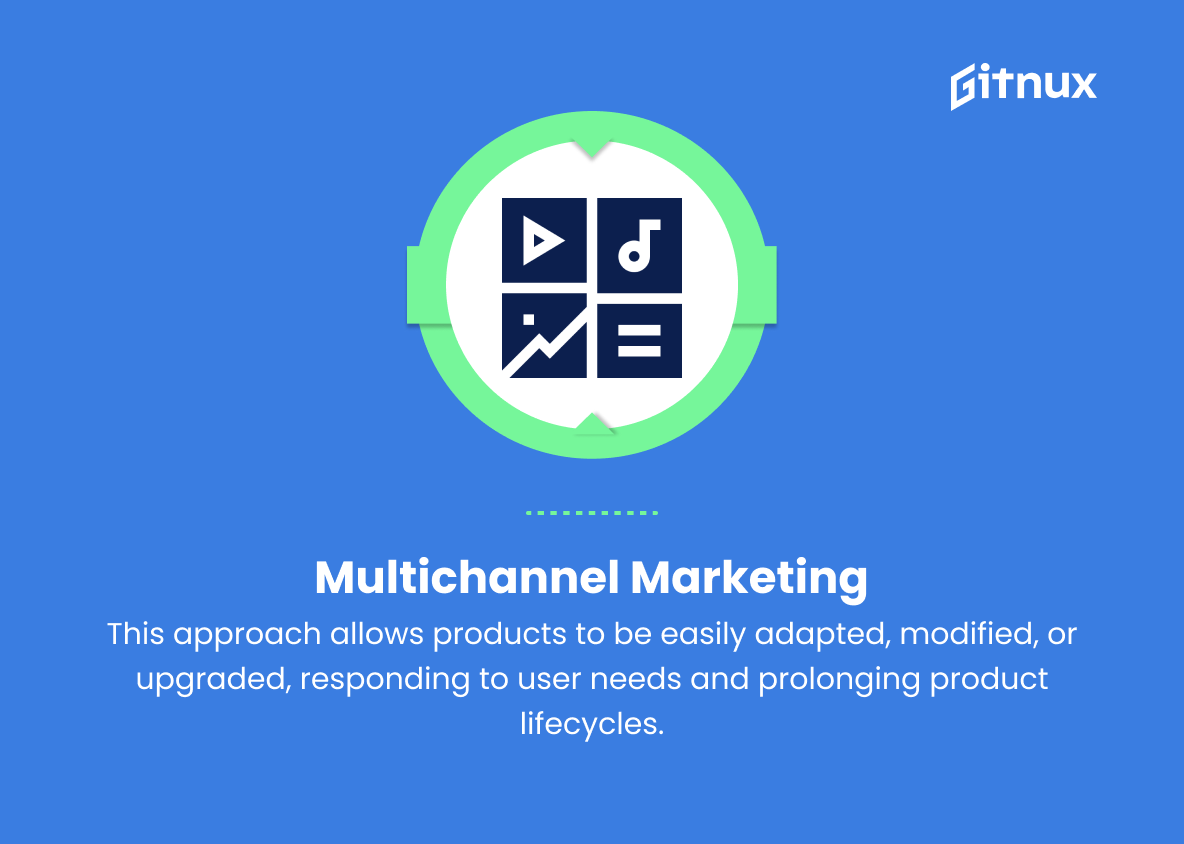In today’s dynamic and rapidly evolving automotive landscape, it has become increasingly crucial for industry players to stay ahead of the curve and effectively communicate their brands’ unique selling points. As competition intensifies and consumer preferences shift, automotive advertising needs to embrace innovative strategies and disruptive technologies to capture attention and drive engagement.
This blog post delves into the emerging trends that are significantly transforming automotive advertising, shedding light on the creative tactics and marketing approaches that are poised to redefine the automotive world. Get ready to buckle up and explore the future of automotive advertising that empowers brands to accelerate ahead of their rivals and dominate the road to success.
Top Automotive Advertising Trends
1. Personalization
As consumer data becomes more accessible, ads can be tailored to target specific demographics, locations, and interests, enabling automotive advertisers to reach potential buyers more effectively.
2. Influencer Marketing
Collaborating with influencers and auto enthusiasts to promote vehicles, create content, and engage with potential buyers on various social media platforms.
3. Immersive Technologies
Incorporating virtual reality (VR) or augmented reality (AR) into automotive advertising, allowing potential customers to explore a car’s features, customize their vehicle, or virtually test drive it.
4. Voice Search Optimization
Ensuring advertising content is optimized for voice search to appeal to users of voice-activated technologies like Amazon Echo, Google Home, and other smart devices.
5. Video Content
Utilizing high-quality videos that showcase the features, performance, and design of vehicles to engage users across platforms like YouTube, social media channels, and streaming services.
6. Social Media Ads
Creating attention-grabbing ads on social media platforms like Facebook, Instagram, and Twitter, targeting specific user demographics, and employing creative storytelling and visuals.
7. Data-driven Marketing
Using data analysis to understand consumer behavior, preferences, and past purchases, helping advertisers create more relevant and effective advertising strategies.
8. Sustainable and Eco-friendly Messaging
Highlighting a vehicle’s environmentally friendly features and sustainable manufacturing processes in advertising campaigns, as more consumers prioritize environmental concerns.
9. Mobile Optimized Advertising
Ensuring ads are easily viewed and interacted with on mobile devices, as more users consume content on their smartphones and tablets.
10. Native Advertising
Creating content that matches the form and function of the platform it appears on, providing a seamless experience for users and potentially increasing engagement.
11. Chatbots and AI
Utilizing chatbots or artificial intelligence tools for customer service and engagement on websites, social media platforms, and messaging apps.
12. Connected Cars and IoT
Leveraging the Internet of Things (IoT) and connected car technologies to create targeted, personalized advertising experiences based on real-time data and user preferences.
13. Podcast Advertising
Sponsoring relevant podcasts, as audio content continues to grow in popularity, reaching potential automotive buyers through word of mouth and in-depth discussions.
14. Gamification
Incorporating game-like elements and rewards into advertising campaigns, increasing engagement by turning the shopping experience into something more interactive.
15. Multichannel Marketing
Employing a mix of channels like digital, TV, radio, print, and outdoor advertising, for a well-rounded and integrated marketing strategy.
Implications
The automotive industry continues to evolve at a rapid pace, and as a result, automotive advertising trends are shifting to adapt to new consumer behaviors and preferences. Personalization, influencer marketing, immersive technologies, and voice search optimization are a few key trends that allow advertisers to target potential buyers more effectively and engage them in unique ways, such as through VR test drives or collaborations with influencers. Likewise, the increased emphasis on video content, social media ads, and data-driven marketing reflects the growing importance of online platforms in reaching and connecting with consumers.
Meanwhile, the focus on sustainable and eco-friendly messaging, mobile-optimized advertising, and connected cars is a testament to the industry’s commitment to staying current with environmental concerns and technological advancements. Native advertising, chatbots, podcast advertising, and gamification are all innovations that leverage algorithmic technology and novel engagement tactics to keep consumers’ attention and create seamless, enjoyable experiences.
Lastly, the continued relevance of multichannel marketing serves as a reminder that automotive advertisers must remain flexible and adapt to the ever-changing landscape in which audiences consume media. By embracing these trends, automotive advertisers can effectively reach today’s consumers and ensure their messages are both relevant and engaging.
Conclusion
In conclusion, the automotive advertising landscape continues to evolve rapidly as market demands and consumer behavior shift. Advancements in technology and the road to electrification are driving innovative marketing strategies as emerging trends such as personalization, online showrooms, augmented reality, and influencer marketing gain ground. Automotive brands and dealerships must adapt intelligently and creatively to stay relevant and attract the new age of automotive consumers.
By embracing these trends and focusing on user experience, quality content, and data-driven insights, automotive advertisers can generate increased engagement, brand loyalty, and sales in this fast-paced and dynamic industry. As we progress further into the digital age, it’s imperative for automotive marketers to remain flexible and consistently adapt to change; only then can they successfully navigate the future of automotive advertising.


